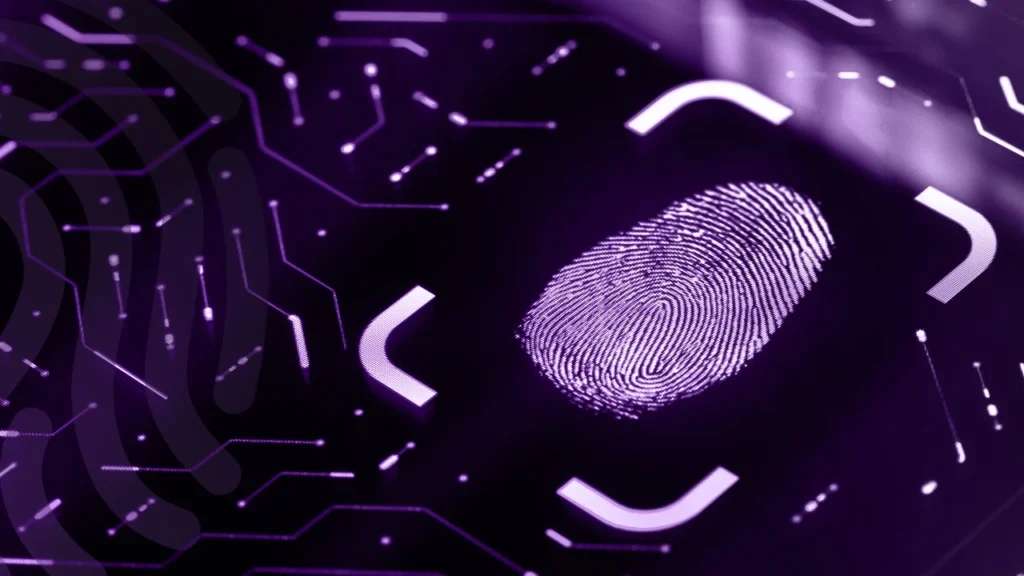Introduction: The Rising Role of Biometrics in Security
In an increasingly digital world, security threats are evolving faster than ever before. From financial fraud to identity theft, cybercriminals are finding new ways to exploit weaknesses in traditional security systems.
Biometric verification has emerged as one of the most effective solutions to combat these threats, offering security that is both highly accurate and user-friendly.
By using unique physical or behavioral traits such as fingerprints, facial features, or voice patterns biometric technology offers a level of identity assurance that passwords and PINs simply can’t match.
What Is Biometric Verification?
Biometric verification is the process of authenticating a person’s identity based on measurable biological data. Common biometric methods include:
- Fingerprint recognition — matching unique fingerprint patterns
- Facial recognition — analyzing facial structures
- Iris or retina scans — identifying eye patterns
- Voice recognition — authenticating through vocal characteristics
- Behavioral biometrics — analyzing keystroke patterns, mouse movement, or gait
Unlike traditional credentials, biometric identifiers are difficult to duplicate or steal, making them a powerful fraud prevention tool.
Why Traditional Security Methods Fall Short
Passwords, security questions, and physical ID cards can be lost, stolen, or hacked. According to industry reports:
- Over 80% of hacking breaches are related to weak or stolen passwords.
- Synthetic identity fraud is one of the fastest-growing financial crimes.
In contrast, biometric verification is far harder to forge, significantly reducing the risk of unauthorized access.
The Impact of Biometrics on Fraud Prevention
1. Enhanced Identity Accuracy
Biometrics verify individuals with remarkable precision. A fingerprint or iris scan has a much lower false acceptance rate (FAR) than traditional methods, meaning it’s far less likely to let an impostor slip through.
2. Reduced Risk of Credential Theft
Even if cybercriminals breach a system, biometric data is encrypted and stored differently from text-based passwords, making it much harder to exploit.
3. Faster and More Convenient Verification
Biometric methods allow real-time verification without requiring users to remember complex passwords increasing adoption while maintaining security.
4. Multi-Layered Security
Biometric verification is often used alongside other security measures (multi-factor authentication), creating additional barriers for potential fraudsters.
Industries Leveraging Biometric Verification for Fraud Prevention
Banking & Financial Services
- Prevents account takeovers and unauthorized transactions
- Secures mobile banking apps with fingerprint or facial login
eCommerce & Payments
- Authenticates users during checkout
- Reduces chargeback fraud through strong customer authentication
Travel & Border Control
- Verifies traveler identities quickly and securely
- Enhances airport security and immigration processing
Healthcare
- Protects sensitive patient records
- Ensures correct patient identification in hospitals
Challenges of Biometric Verification
While the benefits are substantial, biometric verification is not without challenges:
- Privacy Concerns — Collection and storage of biometric data must comply with regulations like GDPR.
- False Positives/Negatives — Though rare, technical errors can occur.
- Implementation Costs — High-quality biometric systems require investment in infrastructure and technology.
The right approach is to work with vendors who prioritize encryption, compliance, and scalability.
The Future of Biometric Fraud Prevention
Advances in AI-driven biometric verification will improve accuracy and expand use cases:
- Continuous authentication — ongoing verification during user activity
- Behavioral biometrics — detecting suspicious actions even after login
- Contactless biometric systems — ideal for post-pandemic security environments
As biometric solutions integrate with blockchain, identity verification will become even more secure and tamper-proof.
Conclusion: A Powerful Ally in the Fight Against Fraud
Fraudsters are becoming more sophisticated, but so are our defenses. Biometric verification offers a secure, efficient, and user-friendly way to protect identities and transactions across industries.
As adoption grows, organizations that embrace biometric technology today will be better equipped to safeguard their customers and maintain trust in the digital era.






